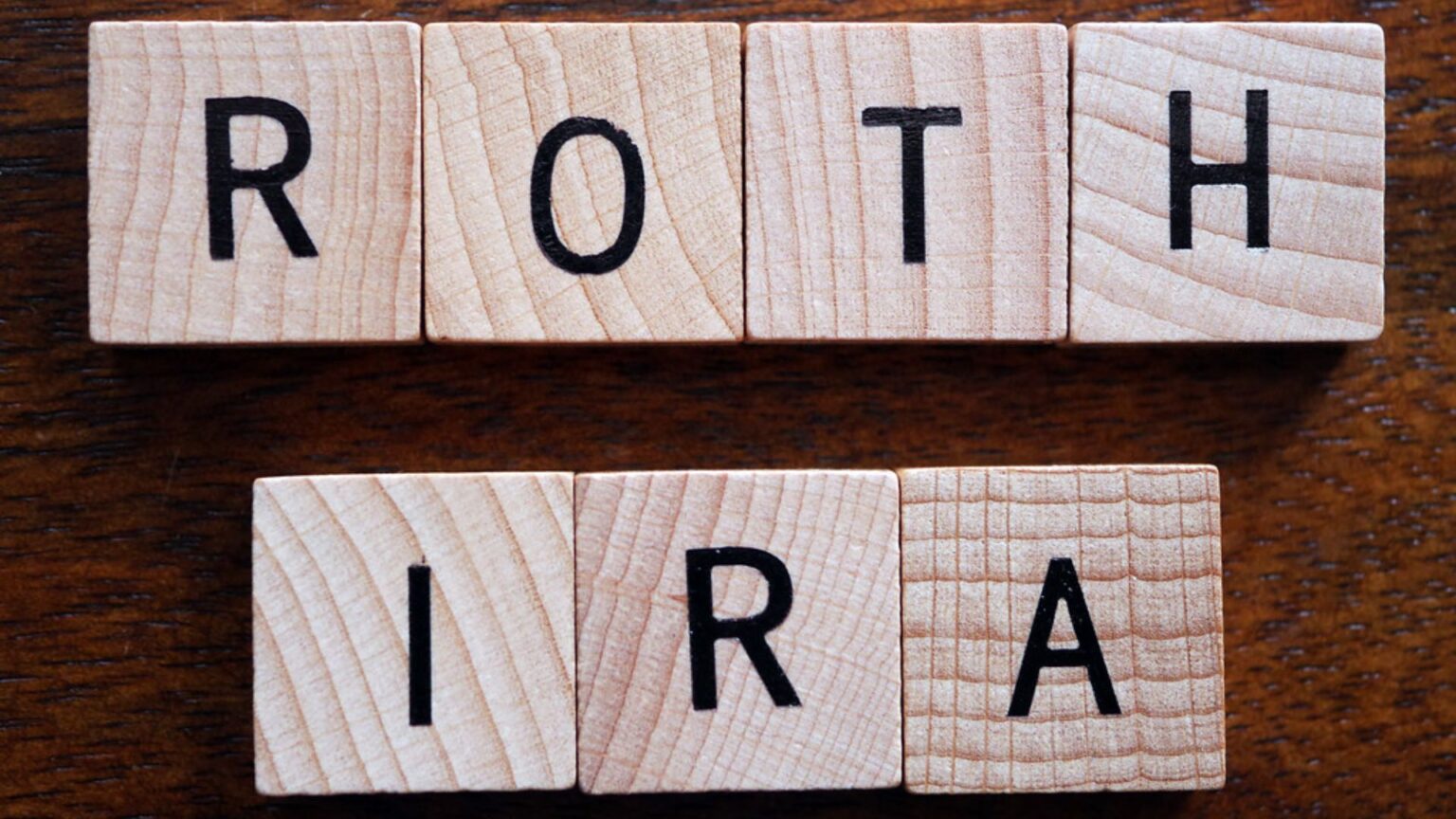When it comes to saving for retirement in the U.S., Individual Retirement Accounts (IRAs) are a powerful tool. Two of the most common types—Roth and Traditional IRAs—offer tax advantages, but in very different ways. Understanding the differences can help you choose the one that fits your goals and financial situation.
How They Work
Traditional IRA
A Traditional IRA lets you contribute pre-tax dollars if you qualify, meaning your contributions may be tax-deductible in the year you make them. The money then grows tax-deferred, and you pay income tax when you withdraw it in retirement. This can be appealing if you expect to be in a lower tax bracket later in life.
Roth IRA
With a Roth IRA, you contribute after-tax dollars—there’s no immediate tax deduction. The trade-off? Your investments grow tax-free, and you can withdraw both contributions and earnings tax-free in retirement (as long as you meet certain requirements). This makes a Roth especially attractive if you expect to be in a higher tax bracket down the road.
Key Differences to Consider
1. Taxes Now vs. Taxes Later
- Traditional IRA: Tax break now, taxes later.
- Roth IRA: Taxes now, tax-free later.
2. Income Limits
Roth IRAs have income restrictions for eligibility. In 2025, for example, single filers earning above a certain threshold can’t contribute directly. Traditional IRAs don’t have income limits for contributions, but your ability to deduct those contributions may be limited if you (or your spouse) have a workplace retirement plan.
3. Required Minimum Distributions (RMDs)
Traditional IRAs require you to start taking withdrawals—known as RMDs—at age 73. Roth IRAs have no RMDs during your lifetime, giving you more control over your money.
4. Withdrawal Rules
With a Roth IRA, you can withdraw your contributions (but not earnings) at any time without penalties. Traditional IRAs typically impose a 10% early withdrawal penalty before age 59½, on top of income tax.
Which One Should You Choose?
If you’re early in your career or expect to be in a higher tax bracket in the future, a Roth IRA can lock in tax-free growth. If you want an upfront tax deduction and think your retirement tax rate will be lower, a Traditional IRA might make more sense. Both Roth and Traditional IRAs can play an important role in a balanced retirement strategy. Some savers even split contributions between the two to diversify their tax exposure—giving their future selves more flexibility.


